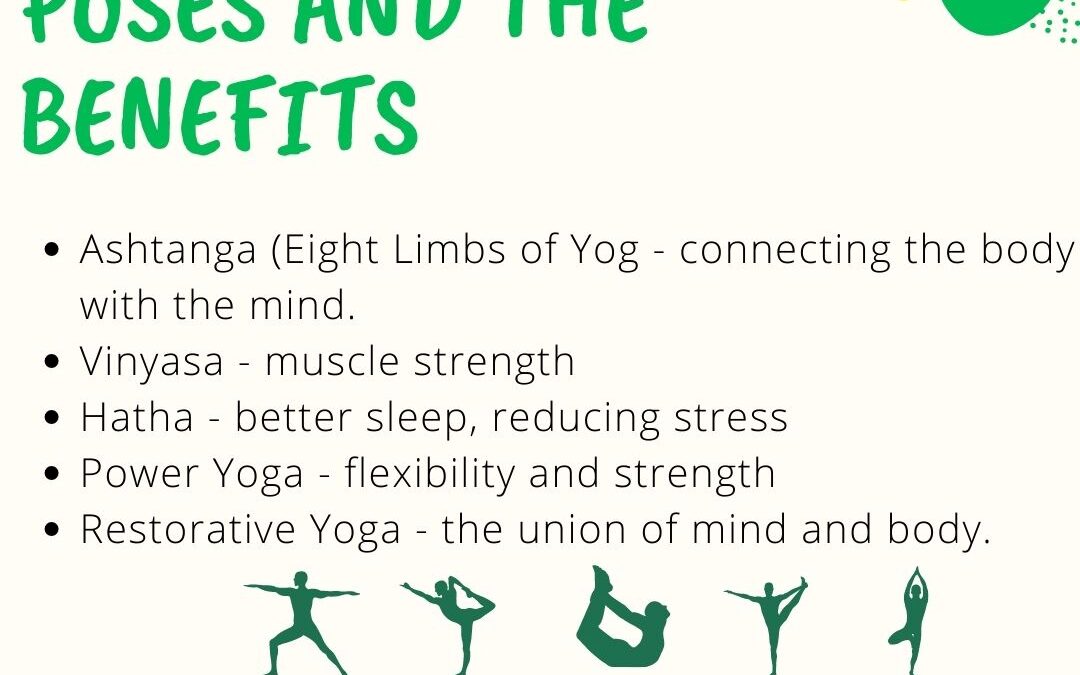For ages, people have looked for various ways to keep themselves young and without old-age wrinkles. Let us have a look at how to keep the skin healthy and glowing. Let us discuss how to fight wrinkles and aging without using skincare cosmetics readily available in the market.
Yoga gurus and professionals claim practicing yoga exercises regularly can keep the skin stay younger and healthy. Skin benefits have been witnessed and it is learned some of the yoga poses cause vasodilation, which means making the blood vessels enlarged to help increase blood flow abreast to provide more nutrients and oxygen to the skin.
Increased blood flow helps in fighting against aging and wrinkles as well as achieving skin glow. The body releases harmful toxins when more oxygen flows through controlled breathing and this keeps the skin healthy. It is important to note here that the toxins which are not cleared often get deposited in the adipose fat tissue and pave the path to causing acne, accelerated aging and discoloration.
A couple of proven yoga asanas, as discussed below, help in clearing the toxins and increasing blood circulation in the body. The asanas simultaneously help in digestion to keep the functioning of the liver, stomach and intestines in the proper system.
Yoga gurus and experts reveal the regular practice of the asanas help in slowing down aging as well as wear and tear of the skin. The bends, inversions and twists improve the blood circulation throughout the body and thereafter invigorate the skin. Moreover, it is recommended to consume a healthy diet to get a better and quick result from yoga practice.
Below is a couple of important yoga poses discussed to keep the skin glowing and young. Regular practice helps in fighting against aging.

Balasana
Balasana is alternately known as Child’s Resting Pose or Child’s Pose. It is simple and a kneeling asana. It is a modern yoga exercise and is usually practiced either before performing Sirsasana or after it. The form was not known until the 20th century.
The posture involves kneeling down first and thereafter bringing the forehead to the ground or floor while the arms should be left in a relaxed position alongside the body. The palms should point upwards. Pregnant women can keep the knees spread and the arms may be relaxed in a forward position towards the head.
Some of the variations in Balasana include Ananda Balasana (Happy Baby Pose), Uttana Shishosana (Extended Puppy Pose) and Shasangasana (Rabbit Pose).
Halasana
Lika Balasana, the Halasana or Plough Pose is a new entrant in the world of yoga. It is a modern yoga exercise and an inverted pose in Hatha Yoga that includes Karnapidasana to bring knees by the ears and Supta Konasana to keep feet wide apart.
Halasana asana is found to be first described in the 19th century and means plough pose. It involves lowering of the back first for a balance and thereafter moving the legs and arms over the head to outstretch the toes until it touches the floor. Following it, the arms are moved to give support to the back into a vertical position. Lastly, the arms may be stretched away from the feet to make a posture of a traditional plough.
Some of the variations of Halasana include the ear-pressing pose called Kamapidasana, a royal plough pose called Raja Halasana in which the knees are bent near to the forehead and the position of arms may grasp it, sideways polugh named Parsva Halasana to keep the body in vertical position which the trunk is twisted to one side and the feet touch floor in the same side, and supine angle pose named Supta Konasana.
Sarvangasana
Sarvangasana is simultaneously called Salamba Sarvangasana or Shoulder Stand. It is a pose with the shoulder touching the ground to support the whole body and legs remain straight in an upward direction. The hands can remain straight on the ground or touch the back to support the body additionally. Beginners may keep the legs bent while experienced practitioners should keep the legs straight.
It is considered the mother of asanas by some schools of yoga and the solution to most common ailments. However, it is important to note that the practice may cause injury and is not recommended for people with high blood pressure. Halasana asana is safe for high blood pressure people.
Chakrasana
Also called Urdhva Dhanurasana, the Chakrasana is a backbend exercise to provide flexibility to the spine. In gymnastics and acrobatics, the pose is called a bridge. The word Chakra means wheel, Urdhva means upwards and Dhanura means bow in Sanskrit. Hence, the posture is in the form of a bow or half-circle.
Chakrasana is distinctly illustrated in the Sritattvanidhi book of the 19th century and described as Couch Pose or Paryankasana.
Some of the variations of Chakrasana are Eka Pada Urdhva Dhanurasana to mean one-legged upward bow and Camatkarasana to mean wild thing pose. In the first pose, the practitioner lifts one leg straight in the air while in the second an arm is lifted opposite to the straightened leg.
Yoga Precaution
• Yoga should never be practiced in illness, hurry or when the body is in a state of exhaustion.
• Women should not practice yoga during the menses. However, pranayama and a couple of other such relaxation techniques can be performed.
• Yoga should not be performed within three hours of heavy meals.
• Eating food, drinking water and taking a shower should be prohibited immediately after yoga is performed.
• Strenuous exercises should not be performed immediately after yoga.
• Yoga should not be performed in extreme weather conditions like too much humid, cold or hot.
200hr yoga and kalari yoga teacher training course in Kerala, India
The Kerala Retreat Kalakkodu, pattambil, parvoor, kollam dist, Kerala, India
9845271423
[email protected]


